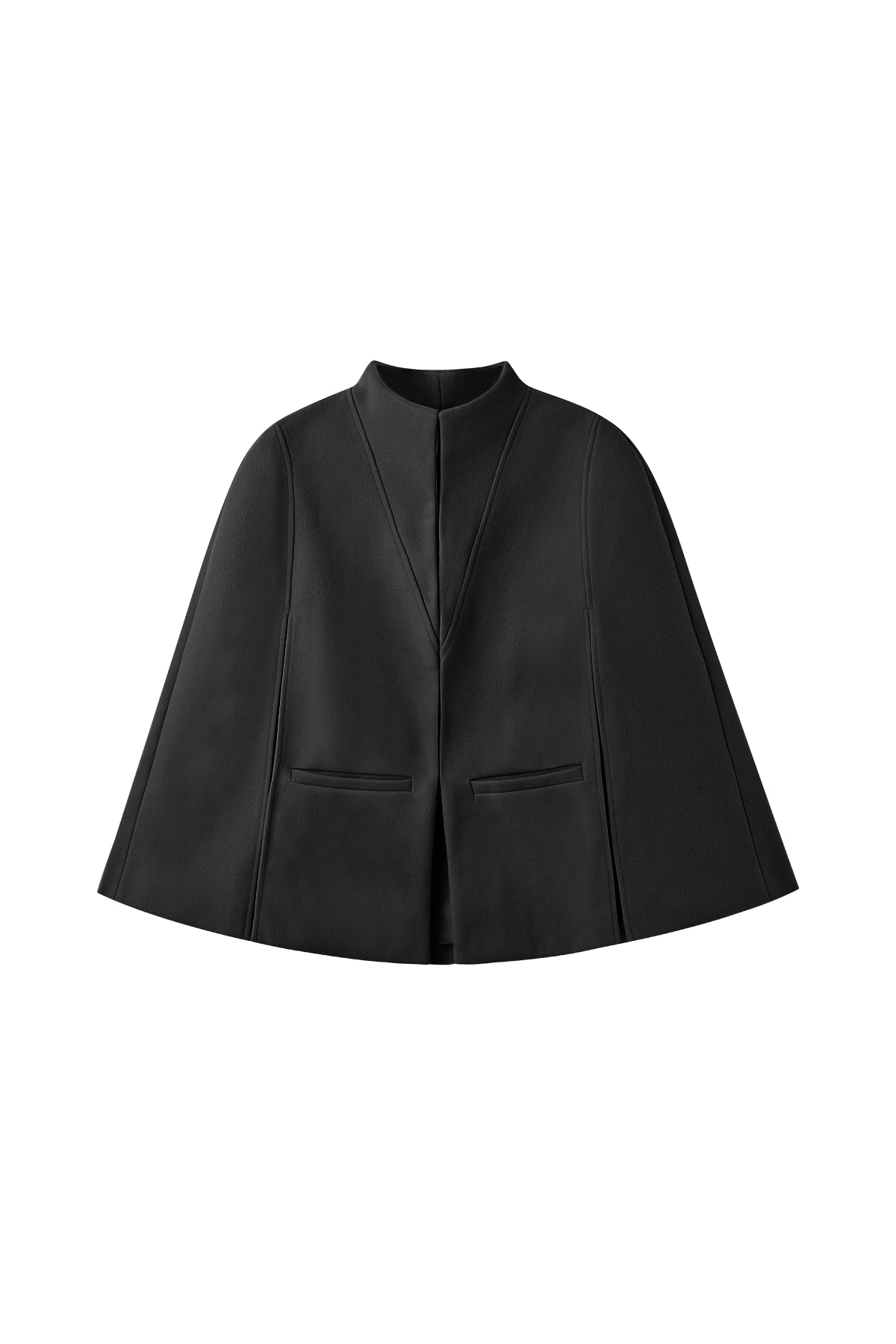Cashmere is soft, lightweight, and incredibly comfortable against the skin — the kind of piece you reach for all winter long. But what many people don’t realize is that cashmere fibers are extremely fine, contain natural oils, and have a loose, airy structure. This also makes them delicate: hanging while damp causes stretching and distortion; everyday friction leads to pilling; storing before fully dry traps moisture and leads to musty odors; and the natural oils in the fibers can attract moths. So cashmere sweaters are not something you can simply “put away.” To keep them soft, warm, and beautiful year after year, you must: fully dry + fold gently + allow airflow + use natural moth protection.
Prepare Cashmere Sweaters Before Storage
Many people put cashmere “back in the closet” after wearing it a few times just because it looks clean — but this is the fastest way to age it.
Cashmere fibers naturally absorb and hold skin oils, sweat, perfume, and airborne dust. In a closed closet, these residues will:
1.Oxidize slowly:causing discoloration and dullness
2.Attract moths :the oils and proteins become their food source
3.Retain odors :the sweater develops that “closet smell” next season
So before storing, the women‘s sweater must be truly clean, not just “appears clean.”
Proper prep steps:
1. lean or at least air it out: Cashmere contains natural keratin and has a “self-refreshing” ability. If worn multiple times or directly against the skin, wash before storing. If worn briefly, lay it flat in a well-ventilated space for 12–24 hours to release moisture and odors.
2. Ensure it is fully dry: Cashmere absorbs 1.5–2× more moisture than cotton. Even if it feels dry, moisture may remain deep in the fibers. Storing when even slightly damp leads to mildew, stiffness, and a stale, oily odor.
3. Gently depill and smooth the fibers: Use a cashmere comb or fabric shaver with a light touch — avoid aggressive scraping. When surface fibers lie smoothly, friction during storage is reduced, meaning the sweater will pill less next time you wear it.
Fold Instead of Hanging Cashmere Sweaters
Cashmere fibers are extremely fine, soft, and highly malleable — that’s why they feel so feather-light and luxurious. But because they’re so delicate, any prolonged tension stretches them permanently.
When hung:
-The weight of the sweater pulls downward from the shoulders and neckline.
-Over time, this results in:
-
-
Shoulder bumps
-
A stretched, loose neckline
-
A longer, sagging body shape
-
And these distortions are often irreversible, even after washing or reshaping. So cashmere should always be stored folded to maintain its original structure and drape.
Correct folding:
1. Lay the sweater flat so its shape is natural and relaxed.
2. Fold the sleeves inward without hard creasing.
3. Fold the hem upward into a clean rectangle — compact but not compressed.
4. Smooth the shoulder line so the garment rests in its natural shape.
Remember: folding isn’t about saving space — it’s about avoiding stress points that damage the fibers.
Choose the Right Storage for Cashmere Sweaters
The core principle of storing cashmere is to let the fibers breathe while maintaining their natural loft and shape. Whether for daily storage or long-term seasonal storage:
Always follow: Airflow + No compression.
For everyday storage:
-Fold sweaters and place them flat in drawers or open shelf compartments.
-Use a “file-fold” method so each piece is visible — reducing rummaging and friction (which means less pilling).
For seasonal storage: The priorities are moisture-control, moth protection, and preserving loft.
-Use cotton bags, canvas bags, or acid-free storage boxes.
-These materials allow airflow, prevent mustiness, avoid static, and are gentle on fibers — unlike plastic.
Why not vacuum compression bags? Vacuum sealing crushes cashmere fibers, permanently reducing their loft and elasticity. When reopened, the sweater feels thin, flat, stiff, and lifeless.
How do You Store Cashmere Sweaters to Prevent Moths?
Because cashmere contains natural oils and proteins, it is highly attractive to moths.
So protection is essential — but chemical mothballs leave harsh, lingering odors.
Recommended natural options:
-Cedar blocks
-Lavender sachets
Their subtle scents:
-Repel insects by interfering with moth scent-tracking
-Absorb stale closet odors
-Keep sweaters smelling clean and fresh
-Without the strong chemical smell of mothballs
Placement: Place in the storage drawer or bag near the sweater, not directly touching it (to avoid wood dust or snagging).
Three Simple Rules for Cashmere Care
Clean & fully dry → Fold instead of hang → Use breathable storage + cedar or lavender
Follow these three steps to care for your cashmere sweater: it will stay soft instead of stiff, maintain its shape without stretching, and resist pilling, mildew, and moth damage—keeping it feeling better with every year you wear it.





